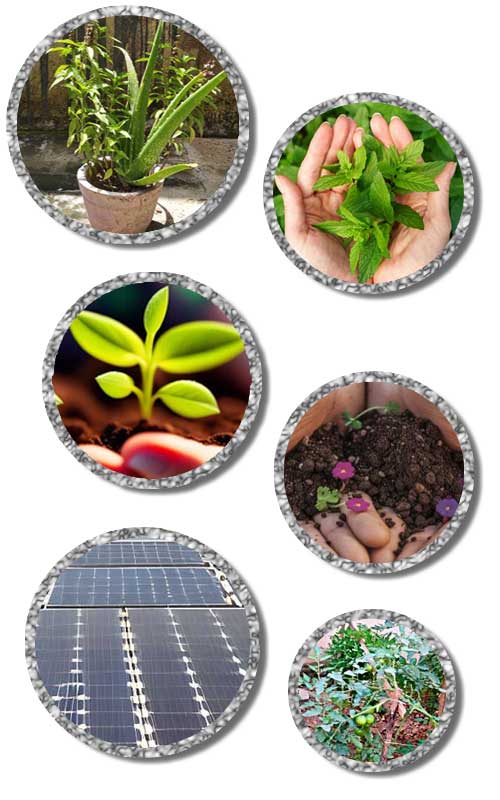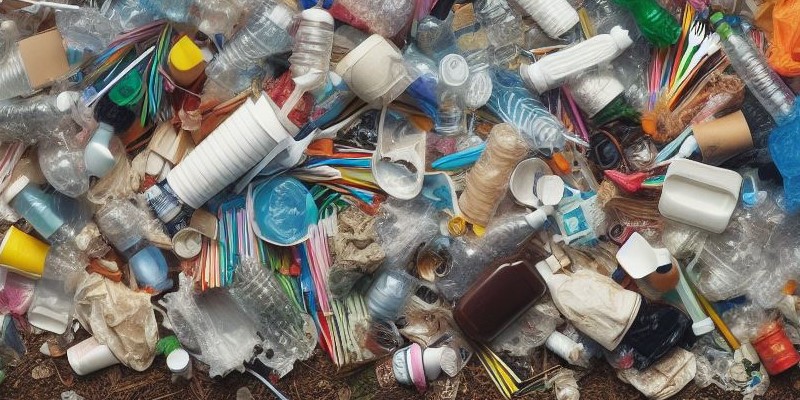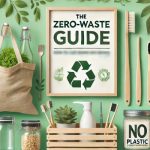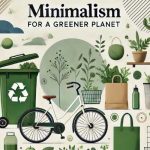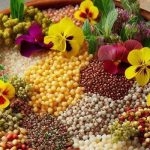What is Single-Use Plastic?
Single-use plastic is plastic that is designed to be used once and then thrown away. It includes items such as plastic bags, bottles, straws, cups, cutlery, packaging, and more. According to the United Nations Environment Programme (UNEP), more than 300 million tons of plastic are produced every year, half of which is for single use. Only 9% of this plastic is recycled, while the rest ends up in landfills, oceans, or incinerators.
Why is Single-Use Plastic Bad for the Environment and Human Health?
Single-use plastic poses a serious threat to the environment and human health. It contributes to greenhouse gas emissions, climate change, and air pollution. It also harms wildlife and marine life, as animals can ingest or get entangled in plastic waste. Plastic can also leach toxic chemicals into the soil and water, affecting the quality and safety of food and drinking water. Moreover, single-use plastic can have negative impacts on human health, as some chemicals in plastic can disrupt hormones, cause cancer, or affect the immune system.
The Impact of Plastic on Wildlife
One of the most visible and disturbing effects of plastic pollution is the impact it has on wildlife. Plastic waste can harm animals in various ways, such as:
- Ingestion: Many animals mistake plastic for food and swallow it. This can cause blockages in their digestive systems, reduce their stomach capacity, create a false sense of satiety, or damage their internal organs. Plastic ingestion can also expose animals to toxic chemicals that can accumulate in their tissues and affect their health. According to Earth.Org, a study has found that 1,557 species worldwide, including many endangered ones, have ingested plastic.
- Entanglement: Animals can get trapped or wrapped in plastic debris, such as fishing nets, rings, bags, or balloons. This can restrict their movement, impair their ability to feed or breathe, cause injuries or infections, or drown them. According to Keep Britain Tidy, entanglement affects at least 136 marine species globally.
- Habitat degradation: Plastic pollution can alter or destroy the habitats of wildlife, making it harder for them to live and breed naturally. Plastic can smother the soil, reduce its permeability and fertility, and affect the growth of plants. Plastic can also clog waterways, reduce oxygen levels, and create favorable conditions for invasive species or pathogens.
- Food chain contamination: Plastic debris does not decompose but breaks down into tiny particles that are less than five millimeters long known as microplastics. Microplastics can be ingested by small organisms such as plankton or worms, which are then eaten by larger animals. This way, microplastics can accumulate in the food chain and reach higher levels of predators. Microplastics can also carry harmful substances such as pesticides or heavy metals that can affect the health of wildlife.
The impact of plastic on wildlife is not only a threat to biodiversity but also to human well-being. Wildlife provides many ecosystem services that benefit humans, such as pollination, pest control, nutrient cycling, water purification, climate regulation, recreation, and tourism. By harming wildlife with plastic pollution, we are also harming ourselves.
How Can We Reduce Our Consumption of Single-Use Plastic?
There are many ways that we can reduce our consumption of single-use plastic and protect the environment and ourselves. Here are some tips:
- Bring your own reusable bags when shopping. Avoid using plastic bags that are often given for free at supermarkets or stores.
- Use a reusable water bottle or mug instead of buying bottled water or disposable cups. You can also install a water filter at home or use a portable one to ensure clean drinking water.
- Say no to plastic straws, cutlery, and stirrers. Use metal, bamboo, or paper alternatives instead. You can also carry your own reusable utensils when eating out.
- Choose products that have less or no plastic packaging. Buy in bulk or from local markets when possible. You can also use glass jars, cloth bags, or beeswax wraps to store food at home.
- Recycle or dispose of your plastic waste properly. Follow the local guidelines on how to sort and recycle different types of plastic. Do not litter or flush plastic items down the toilet.
- Support initiatives that aim to reduce plastic pollution. You can join campaigns, sign petitions, donate money, or volunteer for organizations that work on this issue. You can also educate yourself and others about the problem and the solutions.
What are Some Alternatives to Single-Use Plastic?
If you want to go further in reducing your plastic footprint, you can also consider using some alternatives to single-use plastic that are more eco-friendly and durable. Here are some examples:
- Bamboo: Bamboo is a fast-growing plant that can be used to make products such as toothbrushes, razors, cutting boards, utensils, and more. Bamboo is biodegradable and compostable and does not require pesticides or fertilizers to grow.
- Stainless steel: Stainless steel is a metal that can be used to make products such as water bottles, food containers, straws, cutlery, and more. Stainless steel is durable, recyclable, and does not rust or leach chemicals.
- Silicone: Silicone is a synthetic material that can be used to make products such as baking mats, muffin cups, ice cube trays, lids, and more. Silicone is flexible, heat-resistant, dishwasher-safe, and does not contain harmful substances such as BPA or phthalates.
- Cotton: Cotton is a natural fiber that can be used to make products such as cloth bags, napkins, towels, produce bags, and more. Cotton is washable, reusable, and biodegradable.
- Cornstarch: Cornstarch is a starch derived from corn that can be used to make products such as cups, plates, bowls, cutlery, and more. Cornstarch is compostable and does not contain petroleum or toxins.
By using these alternatives to single-use plastic, you can reduce your environmental impact and save money in the long run. You can also enjoy the benefits of using products that are safer for you and your family.

